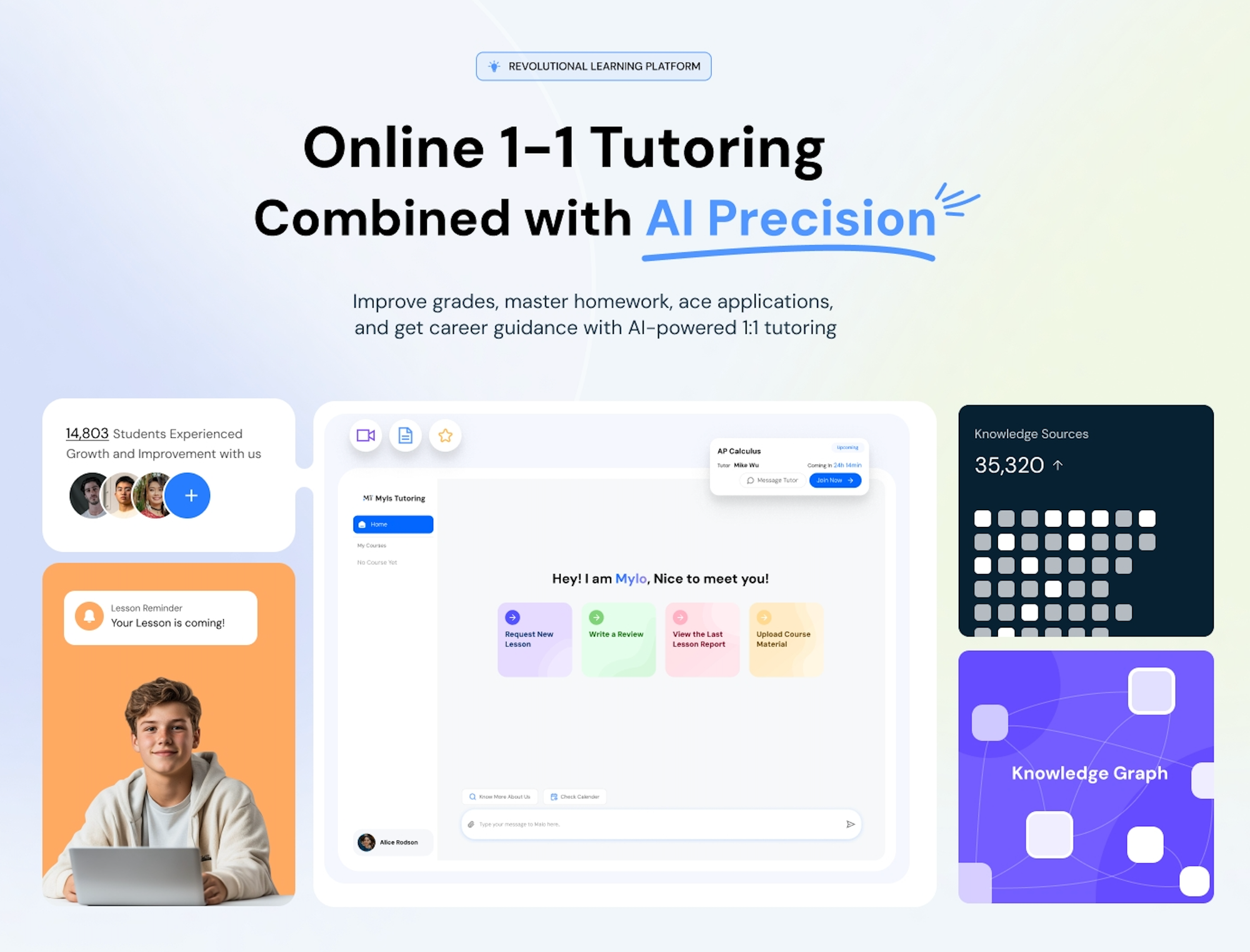Reading for Meaning: How to Go Beyond the Words on the Page
Reading for meaning goes beyond skimming—it’s about thinking critically and understanding deeply. Learn how to slow down, ask questions, and make connections with help from Myls Tutoring. Discover strategies that build confidence and insight in every subject you study.

In today’s fast-paced world, students are constantly reading—whether it’s articles, assignments, or social media posts—but few are taught how to read deeply. At Myls Tutoring, we believe reading should be more than skimming or scanning for answers. That’s why we created the News and Views Critical Reading Course—to help students move beyond surface-level comprehension and start thinking critically about the texts they encounter every day. Whether you’re preparing for an exam or just trying to make sense of the world around you, learning to read for meaning is a skill that builds both confidence and insight.
So, what does it mean to read for meaning? And how can students develop this skill?
1. Slow Down and Read with Purpose
The first step to reading for meaning is to slow down. When students rush through a reading passage, they often miss key details, tone, or structure. Instead, try approaching the text with a purpose: Are you looking for the main idea? Trying to understand the author’s argument? Searching for literary devices?
Having a clear goal makes reading more focused and meaningful.
2. Ask Questions While You Read
Active readers constantly ask questions. Why did the author choose this word? What is the tone here? How does this part connect to the main idea?
By pausing to ask and answer questions, students begin to engage with the text on a deeper level. It’s no longer about memorizing content—it’s about interpretation and analysis.
3. Make Connections
Strong readers relate what they read to what they already know. This might mean connecting the text to personal experiences, current events, or other literature. These connections not only improve understanding but also make reading more engaging and memorable.

4. Annotate Strategically
Marking up a text with notes, highlights, or questions helps keep track of ideas and patterns. For example, underlining recurring themes or circling unfamiliar words gives students a visual map of the text’s structure and meaning.
Annotations serve as a tool for future review and discussion—and encourage active, not passive, reading.
5. Reflect After Reading
Once a text is complete, take a moment to reflect. What was the author’s purpose? What message or theme stood out? What questions do you still have?
Writing a quick summary or discussing the reading with someone else can reinforce comprehension and sharpen critical thinking.
How Myls Tutoring Helps

At Myls Tutoring, we help students become thoughtful readers. Our tutors guide students through challenging texts, teaching them how to annotate, analyze, and interpret with confidence. Myls online tutors use engaging strategies, real-time questioning, and customized reading exercises to help students go beyond surface-level understanding.
Whether a student is preparing for standardized tests, writing essays, or trying to improve classroom performance, strong reading skills are the foundation.
📚 Ready to become a better reader? Book your free trial lesson today and see how Myls Tutoring helps students read for meaning—with purpose and insight.
Explore more courses with expert support on Myls Tutoring and find the right path for your academic goals.




